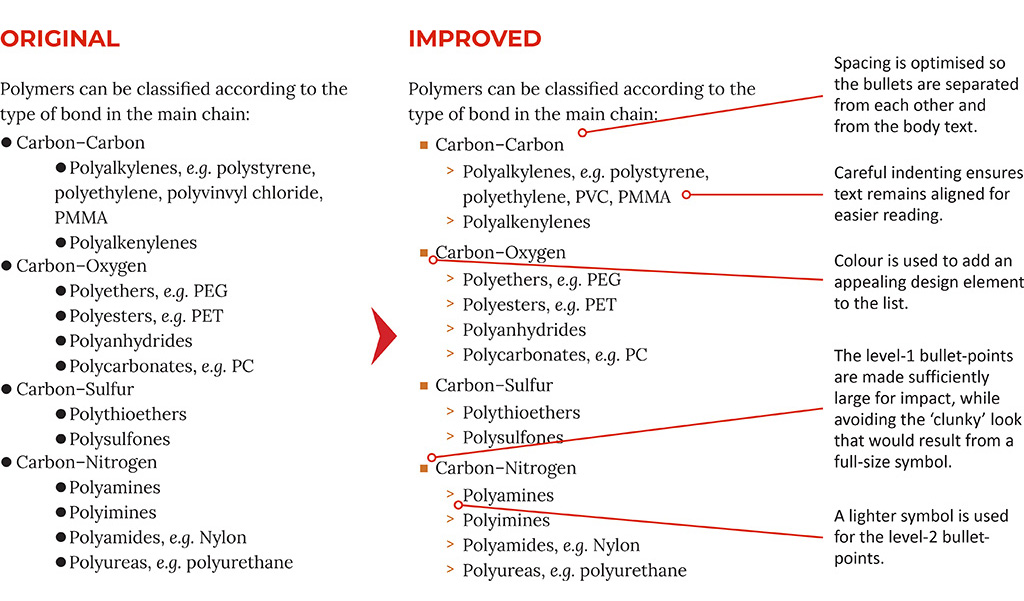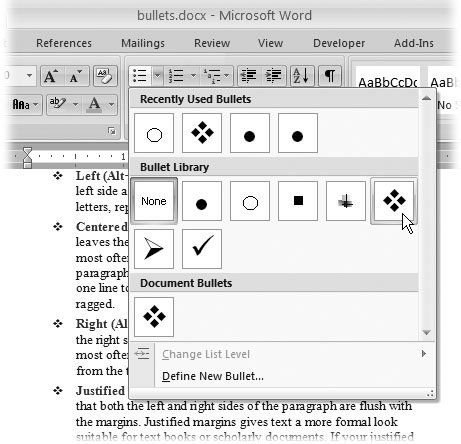

Sustainability: This wood species is not listed in the CITES Appendices or on the IUCN Red List of Threatened Species.Ĭommon Uses: Heavy construction (within its natural range), decking, flooring, boatbuilding, bent parts, and turned objects.Ĭomments: Bulletwood is an incredibly strong, dense wood which has good durability in exterior applications. Expect prices to be in the mid to upper range for an imported hardwood.

Pricing/Availability: Infrequently imported, Bulletwood is sometimes available as decking or flooring planks. See the articles Wood Allergies and Toxicity and Wood Dust Safety for more information. Can pose challenges in gluing due to high density and oil content.Īllergies/Toxicity: Although severe reactions are quite uncommon, Bulletwood has been reported to cause skin irritation. Workability: Despite its high density, Bulletwood generally produces good results with both hand and machine tools, though it does exhibit an above-average dulling effect on cutters. Rot Resistance: Rated as very durable, with good resistance to most insect attack. Fine uniform texture with low natural luster.Įndgrain: Diffuse-porous radial multiples of 2-5 common medium to large pores, few tyloses and mineral deposits common parenchyma diffuse-in-aggregates, reticulate narrow rays, spacing fairly close. Grain/Texture: Grain straight to interlocked or wavy.

Pale yellow sapwood is clearly differentiated from the heartwood, though not always sharply demarcated. Shrinkage: Radial: 6.7%, Tangential: 9.4%, Volumetric: 16.8%, T/R Ratio: 1.4Ĭolor/Appearance: Heartwood is a medium to dark reddish brown. Distribution: Caribbean, Central and South America


 0 kommentar(er)
0 kommentar(er)
